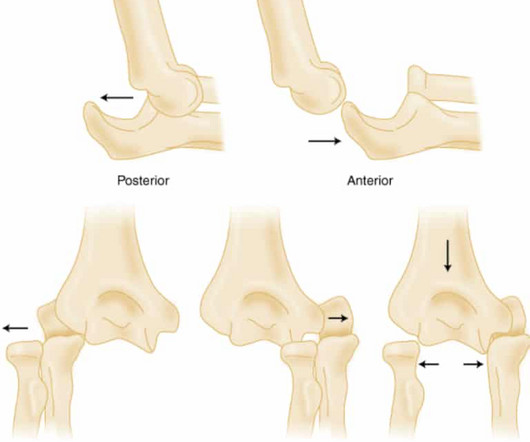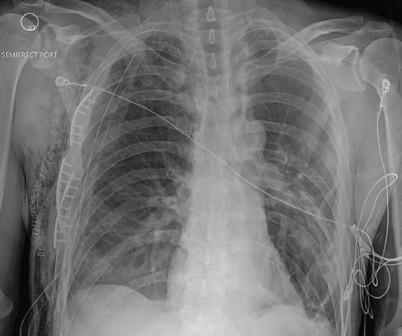Rebaked Morsel: Pediatric Buckle and Greenstick Forearm Fractures
Pediatric EM Morsels
APRIL 19, 2024
Trauma season is at hand and like all other pediatric emergency departments in the country, we find our ED breaking ( pun intended ) at the seams with orthopedic injuries. Yes, we’re talking about your clavicular , proximal humeral, supracondylar, lateral condylar , scaphoid and metacarpal fractures.



















































Let's personalize your content